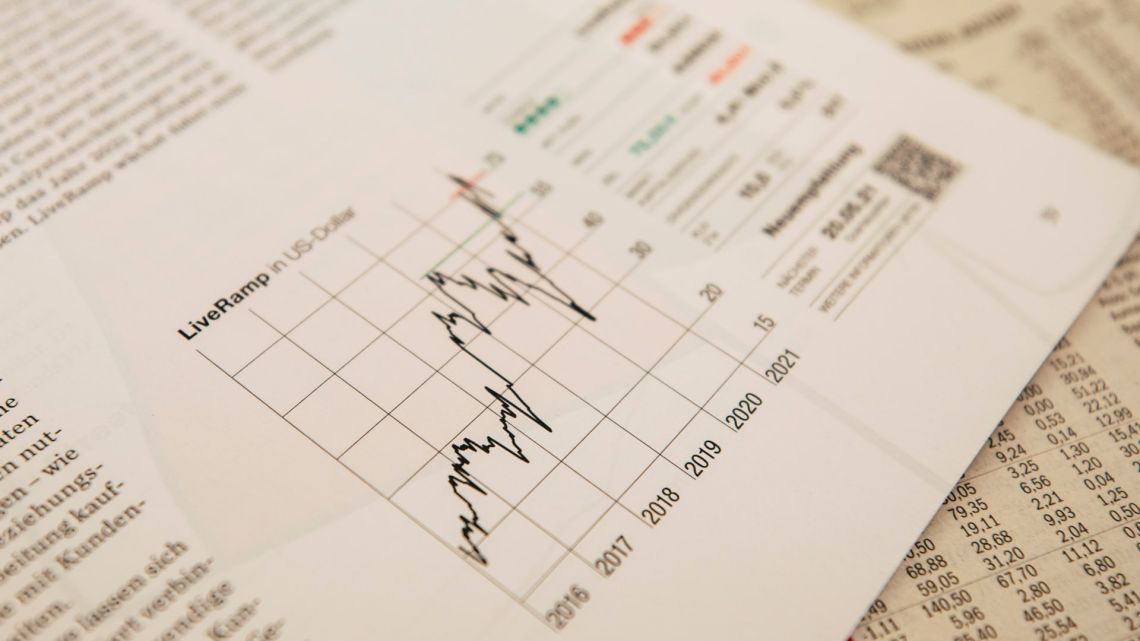
According to new research from the Schwartz Center for Economic Policy Analysis (SCEPA) at the New School for Social Research, older workers aged 55 and up are more likely to experience long-term unemployment compared to their younger counterparts. This suggests that these older workers may be facing labor market discrimination. In fact, only half of older job seekers are able to successfully secure employment.
While the overall U.S. labor market remains strong, the situation for older workers is quite different, as highlighted by SCEPA.
A More Comprehensive Measure of Unemployment
SCEPA has been using its own measure of unemployment since 2010, which takes into account long-term discouraged workers. These are individuals who have not actively searched for a job in the past year but still express their desire to find employment. This inclusive approach provides a clearer understanding of the unemployment situation, particularly when examining stigmatized groups like older workers or during periods of economic downturn.
According to SCEPA's measurement, standard unemployment measures fail to consider three million unemployed workers. Shockingly, one million of these individuals are aged 55 and older.
It is evident that more attention needs to be given to the challenges faced by older workers in the labor market, as they are disproportionately affected by long-term unemployment.
The Challenges Faced by Older Workers in the Job Market
According to SCEPA’s unemployment measure, the percentage of older workers among the unemployed has seen a significant increase. In November 2023, older workers accounted for 23% of the unemployed, compared to 16% in 2010. This rise can partly be attributed to the aging of the U.S. labor force. However, it is important to note that the growth in unemployment among older adults has outpaced their overall population growth.
“This discrepancy indicates that while younger workers have experienced improvements in job opportunities, older workers have not benefitted from the same advantages,” explains Phillips.
A startling statistic reveals that over 35% of long-term discouraged workers are over the age of 55. The reasons behind this group's struggle to secure employment are not yet clear and require further investigation into wages, industries, and regional factors.
Despite the attention given to older workers who are working longer hours and earning higher wages than before, the reality for the average older job seeker is quite bleak, as highlighted by Phillips.
“While there are certain cases of individuals overcoming ageism and finding success in their careers or even leading countries, it is important to understand that these examples are not representative of the average worker's experience," cautions Phillips.
It is evident that older workers face unique challenges in today's job market. Further research into this issue is essential to uncover the underlying causes and find effective solutions that support and empower older job seekers.













Write Your Comment